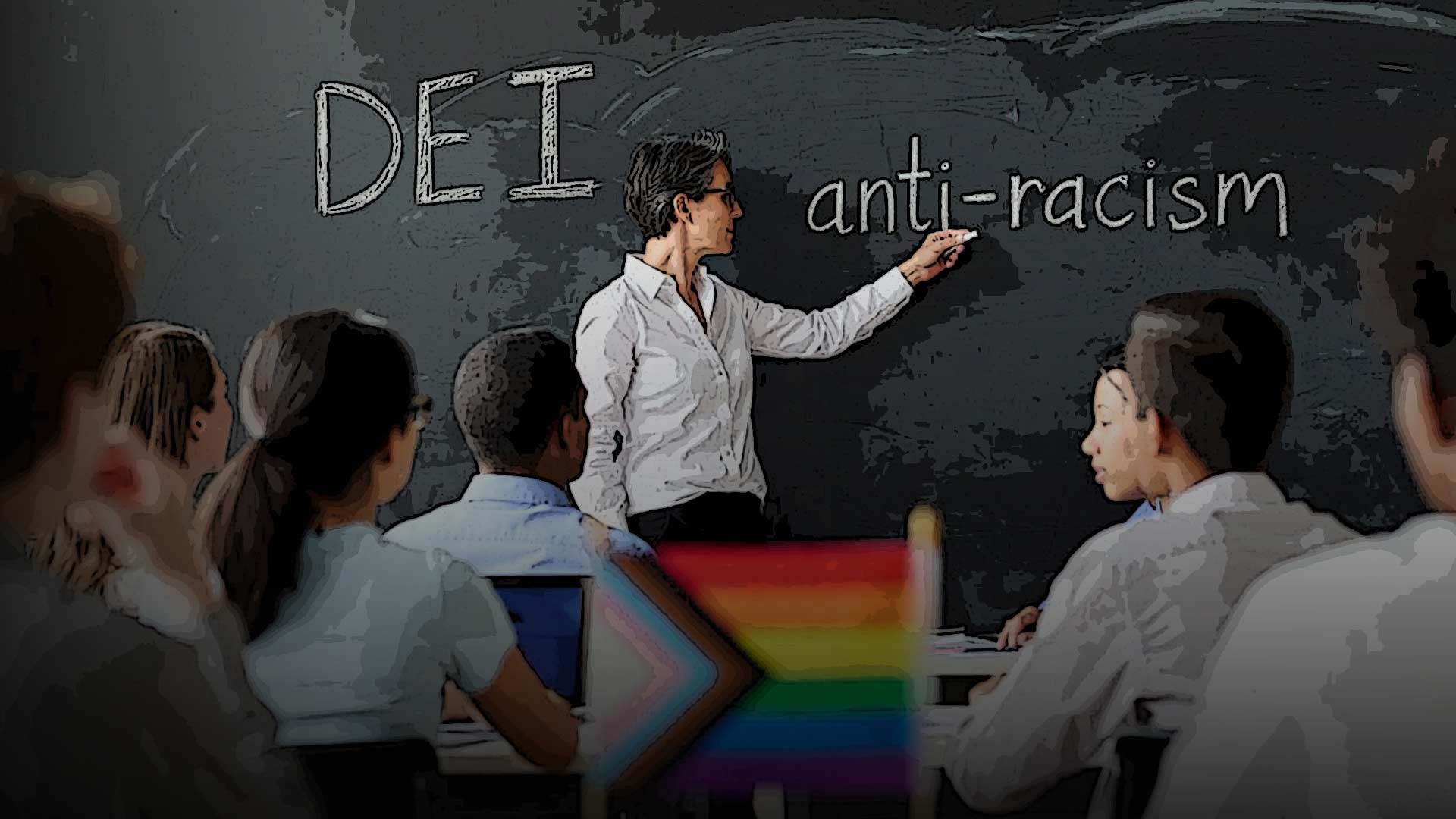
By Sarah Montalbano – Alaska Policy Forum
Charter schools are a popular education choice option designed to fit unique needs in innovative ways. Enrollment in Alaska’s charter schools remained 8% higher in the 2021-2022 school year than in 2019. Despite being frequently maligned for not fitting the mold of the “traditional public school,” they are in fact, public schools — and they improve outcomes for their students.
Charter schools are publicly funded and open to all students, just like traditional public schools; when demand exceeds the number of seats in the charter school, students are selected via lottery. They do not charge tuition fees and are required to be non-profit organizations. Charter schools in Alaska are subject to the same laws and regulations that govern public education, including standards for curriculum, student testing, and accountability.
What sets charter schools apart is that they have more autonomy in certain areas, such as their curriculum design, teaching methods, and management structure. This flexibility allows charter schools to innovate and tailor their programs to meet the specific needs of their students, while still remaining within the framework of public education.
Charter schools are established through contracts or “charters” with a designated authorizing entity, which in Alaska can only be a local school district. Other states allow multiple authorizers, such as a state education agency or an independent chartering board. Charter contracts outline the school’s mission, goals, performance expectations, and the conditions under which they will operate. If a charter school fails to meet the conditions within its charter, it may be closed, an additional level of accountability that most traditional public schools are not subject to.
Charter schools play a valuable role in offering educational options and fostering innovation in public education, ultimately benefiting students and families in their communities.
Charter schools generally improve academic achievement among their students. A recently released study looking at a sample of students between 2015 and 2019 found that charter students outpaced their peers in the traditional public schools they would have otherwise attended by 16 days of learning in reading and 6 days in math. 83% of charter students performed as well or better than their traditional public-school peers in reading and 75% in math. Aside from charter student performance, there is also some evidence that charter schools have an indirect effect in improving nearby traditional public schools.
In the aftermath of Hurricane Katrina in 2005, which devastated 110 of New Orleans’ 126 school buildings, the city embarked on a bold experiment to rebuild its failing public schools in a new charter school model. In New Orleans, students are not assigned to a school based on their residential address; instead, parents get to enter lotteries and be placed in the charter school that best meets the student’s needs. In 2005, the state of Louisiana transferred jurisdiction over most of New Orleans schools, which were struggling pre-Katrina, to a statewide Recovery School District (RSD).
In 2018, the state returned jurisdiction back to the local New Orleans school board, but New Orleans continues to operate using almost entirely charter schools. The city’s high school graduation rate was only 54% in 2004 and has since risen to 78% in 2021 — still well below national and statewide graduation rates, but a stark improvement. Since the gradual shift to entirely charter schools, the reforms “increased test scores, high school graduation, college attendance, and college graduation” and reduced achievement gaps between demographics.
ALASKA WATCHMAN DIRECT TO YOUR INBOX
Montana has become the 46th state to recognize the promise of charter schools in its 2023 legislative session, with Governor Gianforte signing two bills creating distinct pathways for charter authorization. Prior to the new law, charter schools were allowed in portions of Montana’s administrative code, but the hurdles were significant enough to constitute a de facto ban. A charter school could only have been proposed and governed by a school board and approved by a review board whose members were jointly selected by school unions. Contrast Montana’s administrative code, seemingly custom-built to entrench the status quo, with the flourishing system of charter schools established in New Orleans. The step toward more education options in Montana is a welcome one.
While charter schools may have certain differences in terms of governance and autonomy, they operate within the public education system, follow public education laws, and are accountable for their performance — even more so than traditional public schools, when one considers that charters are sometimes shut down for poor performance. Charter schools play a valuable role in offering educational options and fostering innovation in public education, ultimately benefiting students and families in their communities.
The views expressed here are those of the author.







2 Comments
Please take your children. out of the public communist indoctrination centers… Give your babies a chance in life…
Sarah, I always enjoy you writing on K12 education issues. As you point out, only the local school district can authorize the beginning of a charter school. In the past legislatures there was a bill to allow other entities to authorize charter schools. These included the State Board of Education, the University system, nonprofits, and local governments. This would have dramatically increased the number of charter schools and provided more competition to the local school district’s monopoly over charter schools. But it was removed from the bill at the prodding of the teachers’ unions and the Education Industry. It is also very interesting as you say, that charter schools can lose their charter as happened recently with the Family Partnership Charter School in ASD. However, if a neighborhood school fails to educate its students, which many do, then it continues to operate as usual. It would not be closed and thus there is no accountability for results. This is sad for those students who must attend these failing schools, usually kids from low income/minority neighborhoods.